I have been looking the number of methods to measure inductance of a coil if you don't have an LCR meter available, and I have had some difficulty. I designed and built a coil and I would like to confirm its inductance, which theoretically is ~\$2\mu\mathrm{H}\$.
One method is putting a resistor in series with the inductor and applying a signal. I've seen two things in regards to this one is to adjust the input frequency so that the voltage across the resistor is half the input and then work out \$L\$ using

simulate this circuit – Schematic created using CircuitLab $$ L = \frac{R}{2\pi f\sqrt{3}} $$ And the other is to instead adjust the input frequency until the signals are \$-45^\circ\$ (degrees) out of phase and then work out \$L\$ using $$ L = \frac{R}{2\pi f} $$ I've tried both these on a inductor of known value and I do not get close to the expected value. So I figure I am doing something wrong, but I am not sure what as it is a pretty simple setup. More importantly, I do not fully understand the formulas used and how one gets to these to work out the inductance.
The known inductor is \$\sim 1.5 \mu\mathrm{H}\$ (tolerance 20%) and the resistor I used was \$6.75 \mathrm{k}\Omega\$. So I also wonder if perhaps the inductor value is too low for this type of setup for measurement as I have typically seen \$\mathrm{mH}\$ in the results of the examples I have seen? Or if I choose an inappropriately valued resistor?
I then tried the LC trap, with \$10 \mathrm{nF}\$ capacitor and my inductor, and that worked for me. Pulsing the input signal and then looking at ripple frequency. $$ f = {1\over 2\pi\sqrt{LC}} $$ At least it appears to have as I was able to work out the inductance of the known inductor to within its tolerance. And got near to what I expected with my built coil.

Mostly I am curious about the first methods using the series resistor, as this is one of the first things that comes up when looking at how to measure inductance, And I would like to understand this better and get it to work for me if possible.